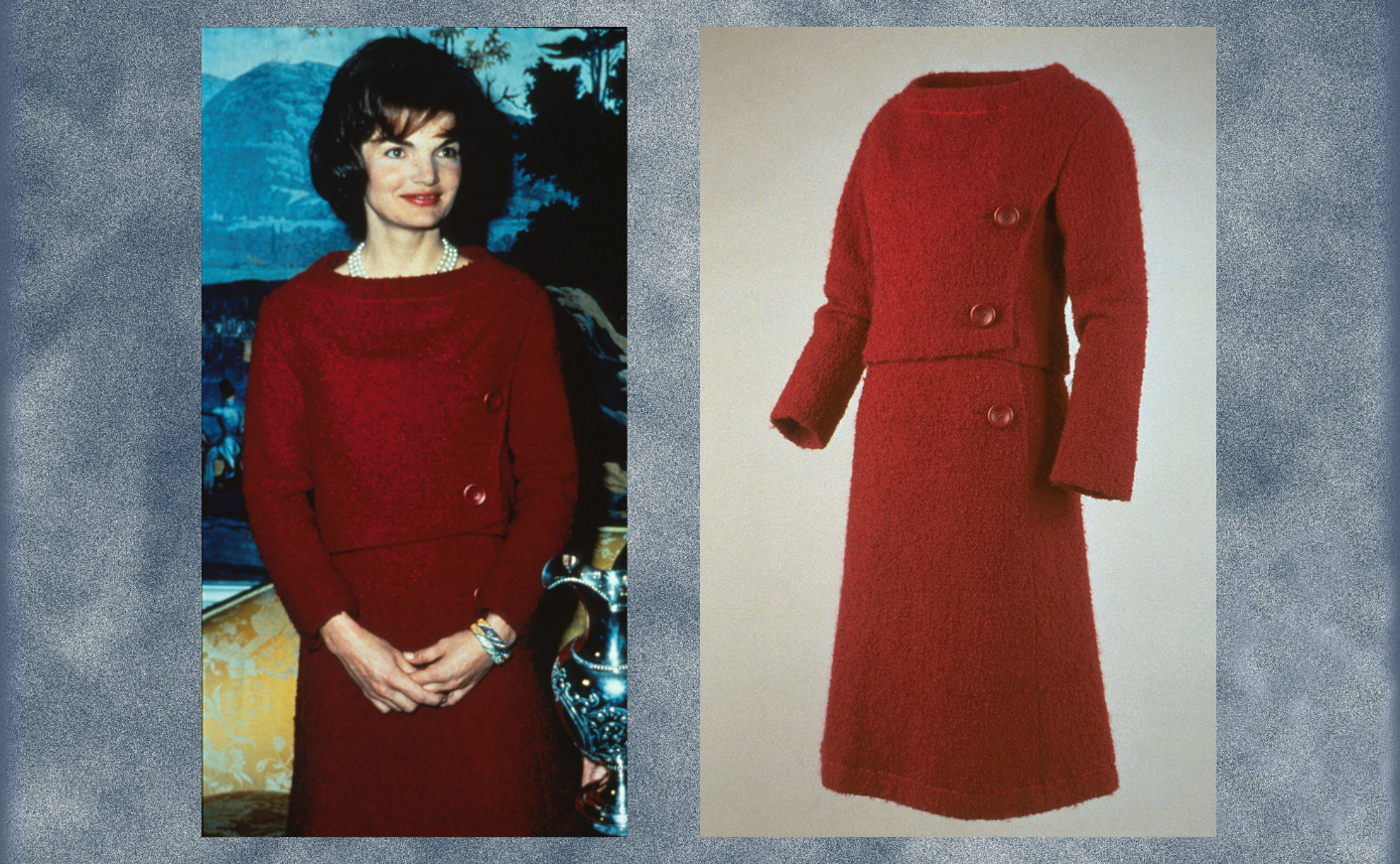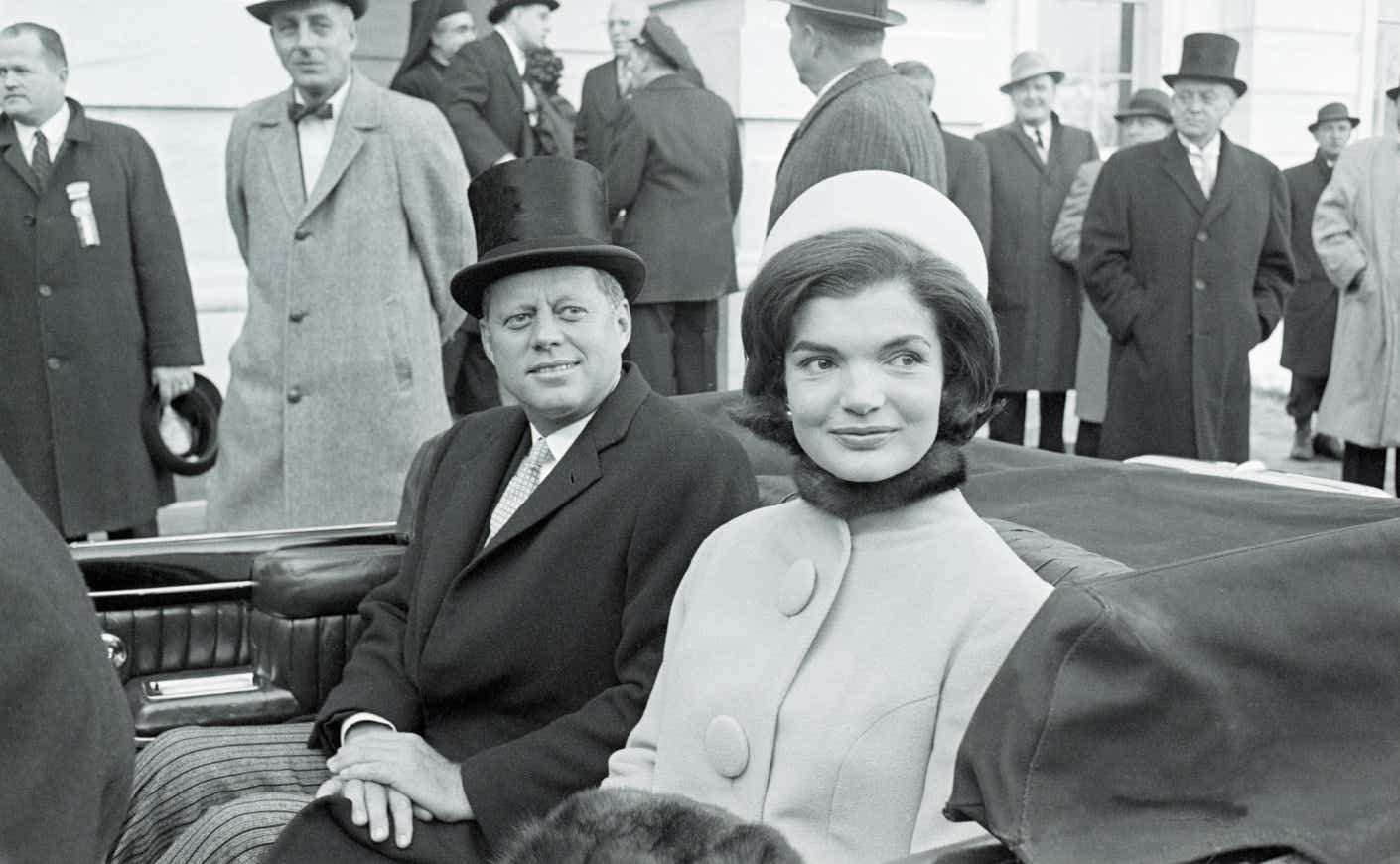Jacqueline Kennedy is perhaps the most influential first lady in American history, and yet she’s also one of the most elusive.
We know plenty about her biography, her timeless and influential sense of style, and the inspiring example she set for the nation when she bravely led the funeral procession after her husband’s assassination. But very little of Jackie’s story has been told in her own words. She rarely spoke at length in public, and the interviews she did give were typically short and mostly focused on campaigning for JFK.
One rare exception is A Tour of the White House with Mrs. John F. Kennedy, a television special that aired on Feb. 14, 1962 — 60 years ago today. In it, Jackie takes CBS News correspondent Charles Collingwood through the first family’s home, highlighting the $2 million restoration project she spearheaded to honor the building’s history.
It was a smashing success, drawing an estimated 80 million viewers. (Newton N. Minow, the FCC chairman during the Kennedy Administration, wrote, “After I got the overnight ratings, I called the president, who asked, ‘What were they?’ I said, ‘Mr. President, they were higher than your press conferences.’”) The special was then sent around the world, becoming a propaganda tool of sorts that highlighted the young, glamorous couple who were about as close as America would ever get to royalty.
The tour was the culmination of one of Jackie’s most influential projects. As a result of her work, the White House itself and the artwork and artifacts inside it are now preserved by the National Park Service and the Smithsonian Institution. But before the Kennedys, upkeep of these historic treasures was “idiosyncratic and non-routinized,” says Barbara A. Perry, the director of presidential studies at the University of Virginia’s Miller Center and author of Jacqueline Kennedy: First Lady of the New Frontier.
“When presidents would come and go, they could just take things with them or sell things off,” Perry says. “The tragedy of it in terms of preservation was that there was no formal status for the White House to protect it as a shrine or as a monument.”
Changing that policy going forward was only part of Jackie’s efforts. She also went on a mission to retrieve the priceless objects that had once occupied the White House before being scattered to the winds.
“It just seemed to me such a shame when we came here to find hardly anything of the past in the house,” Jackie says in the tour. She compares it to the presidential palace of Colombia, which she had visited and admired for its sense of history. “Every piece of furniture in it has some link with the past. I thought the White House should be like that.”
Jackie accomplished this through a savvy approach of engaging wealthy collectors of art and furniture whom she could appoint to prestigious advisory boards and take donations from, setting a template for fundraising that’s still relevant today.
“Publicizing it the way she did, people would just volunteer and say, ‘Oh, I have one of Abraham Lincoln’s chairs, and I’ll donate that,’” Perry explains. “And because all this had been formalized, they could get a write-off for their taxes.”

Jackie leads the tour with commanding expertise about the special objects and their provenance, showing off fixtures like a sofa that belonged to Dolly Madison, a centerpiece that belonged to James Monroe, and a pair of chairs originally owned by Martin Van Buren that had been sold by Mary Todd Lincoln after she was left “destitute” following her own husband’s assassination.
In the CBS special, Jackie is gravely serious about preservation, and her expert opinions and elevated taste can sometimes provoke an unintended laugh. For example: As she discusses a famous 1796 portrait of George Washington by Gilbert Stuart, she explains that it set “a rather interesting precedent” of the government commissioning “the finest living artist of the day” to paint the president — and then delivers a biting critique of subsequent portraits.
“I often wish they’d followed that, because so many pictures of later presidents are by really inferior artists,” she declares.
“The essence of the tour is Mrs. Kennedy’s amazingly detailed knowledge of what she was reporting,” Perry says. “She wrote the script, and then without cue cards, she took that tour and could remember names and dates and places and details. She had a capacious mind and an artistic eye that comes together with her sense of excellence and perfection.”
Equally fascinating is the way Jackie chooses to present herself. Though her wardrobe was a relatively simple red suit (a Christian Dior design recreated by the American atelier Chez Ninon, which produced authorized copies of European couture), her overall image was fresh and innovative, inspiring millions of American women to recreate it themselves.
“Even when she was wearing what we might call business attire, her bouffant hairdo was very different for that time. Women tended to wear tight curls that were done in permanents,” Perry says. “And remember, she’s only 31 when she comes to the first ladyship — that’s the fourth-youngest of all the first ladies. Women wanted to copy her because she had that new, youthful look.”

Perhaps the most transfixing element of Jackie’s persona is also the strangest: her voice. In today's terms, it's an odd, breathy, stilted accent that combines elements of her roots in New York and Massachusetts with the “Mid-Atlantic” inflection adopted by the rich and famous of the early 20th century. Letitia Baldrige, who served as White House social secretary during the Kennedy Administration, once described it to Perry as “Locust Valley lockjaw,” referring to a well-to-do hamlet on Long Island. It is an affectation that contains not just the signposts of performed wealth but also a strategic appeal to the opposite sex.
“People say that she was taught that whispery part of her voice by her dad because he would say that’s how you attract boys and men,” Perry says. “And there was something about that whispery voice that made men draw closer to her, like, ‘What did she say?’”
She certainly knew how to attract suitors from an impressive pedigree, as evidenced by her marriage into one of the nation’s most prominent families, but Jackie’s appreciation for the finer things could sometimes become a sticking point in her relationship with JFK.
It happened during his run for office, when the press reported that Jackie spent $30,000 a year on her wardrobe — and her response didn’t help matters. “Before she became more skilled in public relations as first lady, she snarkily said, ‘Well, I couldn’t spend that much even if I wore sable underwear,’” Perry says. “And that’s just not the kind of snarky thing you should say if you were a first lady.”

But sometimes, Jackie’s elevated sophistication could be a positive: During a 1961 trip abroad, Jackie’s glamour solicited such fanfare from the people of France that the president introduced himself at an official dinner as “the man who accompanied Jacqueline Kennedy to Paris.” The first lady’s restoration of the White House — and the positive publicity it drummed up — provided a similar shine to Kennedy’s presidency.
JFK made a brief appearance during the CBS special to praise his wife’s work in making the White House “the center of a sense of American historical life,” and he was grateful that the image she projected helped to paint the United States as a bastion of freedom and prosperity during a precarious political period.
“He's pointing out that this is the symbol of American democracy and the free world in the midst of the Cold War,” Perry explains. “Many more thousands of people were coming to the White House. They were enamored of him and Mrs. Kennedy and wanted to see what she was doing because it was so well publicized in Life magazine and then in the television tour. I don't think it was as meaningful to him to see all of this artistic interior decorating going on, but the more he saw the effect, the more positive he became about it.”
This gets to the heart of what made the Kennedys such impactful cultural figures: They were experts in image-making, and they crafted an aspirational identity that cast a long shadow on American society even though JFK spent only about 1,000 days as president.
Jackie’s White House tour is a perfect distillation of what makes her so beguiling. With her reverence for history, mastery of period furnishings, preternatural sense of style, and keen understanding of how to craft a personal narrative, the first lady created a mold that presidents’ wives continue to emulate to this day. Sixty years later, she still captures the American imagination.









